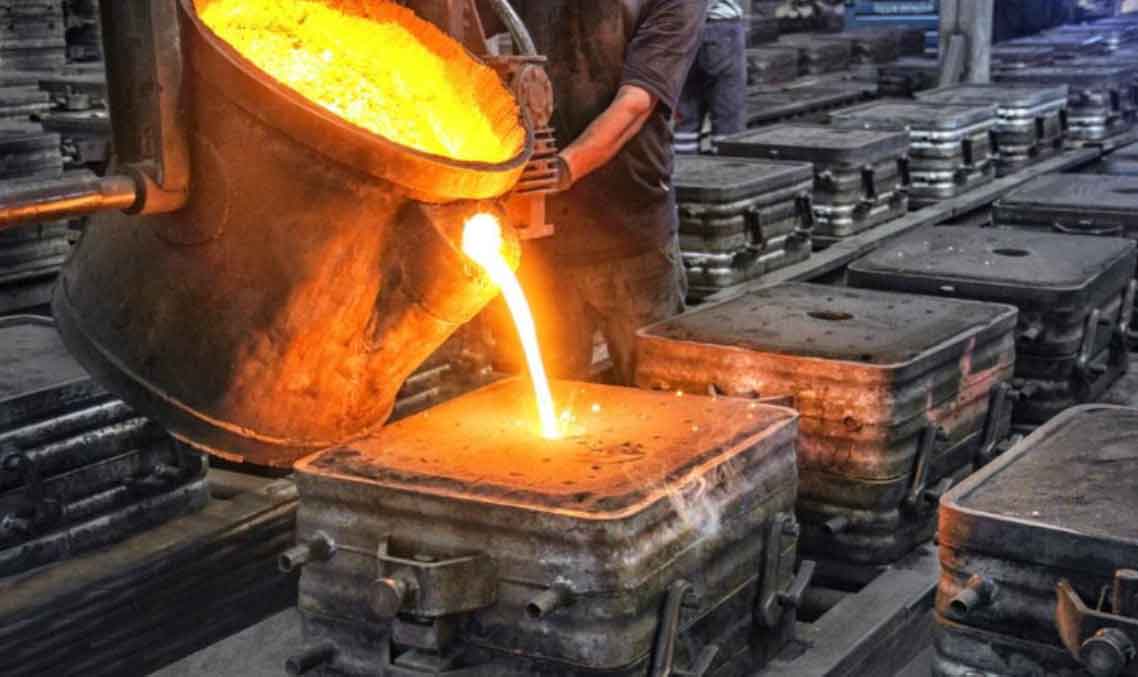China casting industry has undergone significant advancements in technology and practices over the years, contributing to its growth and global competitiveness. Some of the key advancements in China casting technology and practices include:

- Automation and Robotics: Chinese casting manufacturers have embraced automation and robotics in their production processes. Automated systems are used for tasks like mold making, pouring, and finishing, improving efficiency, reducing labor costs, and enhancing product consistency.
- Advanced Casting Techniques: China has adopted and developed various advanced casting techniques, such as vacuum casting, centrifugal casting, and continuous casting. These techniques allow for the production of more complex and high-quality castings.
- 3D Printing and Additive Manufacturing: The integration of 3D printing and additive manufacturing technologies has revolutionized the casting industry in China. Prototyping and tooling processes are now faster and more cost-effective, enabling manufacturers to develop intricate designs and reduce lead times.
- Computer-Aided Design and Simulation: Chinese casting manufacturers are using computer-aided design (CAD) and simulation software to optimize casting designs and predict potential defects. This helps in improving the quality of castings and reducing the need for physical prototypes.
- Green Casting Practices: China is increasingly adopting eco-friendly and sustainable casting practices. Foundries are focusing on reducing energy consumption, minimizing waste generation, and implementing recycling measures to improve environmental sustainability.
- Quality Control and Testing: With a greater emphasis on meeting international standards and customer requirements, Chinese casting manufacturers have invested in advanced quality control and testing equipment. This ensures the delivery of high-quality and reliable castings.
- Digital Manufacturing and Industry 4.0: China is actively adopting digital manufacturing technologies and embracing the principles of Industry 4.0. Connected systems, data analytics, and real-time monitoring are being integrated into casting processes to enhance productivity and efficiency.
- Material Development: Chinese researchers and manufacturers are working on developing new materials and alloy compositions to meet specific casting requirements. These developments lead to improved mechanical properties and performance in castings.
- Global Collaboration and Partnerships: Chinese casting companies are collaborating with international partners, including research institutions and global enterprises. These collaborations facilitate knowledge exchange, technology transfer, and access to global markets.
- Skill Development and Training: The Chinese casting industry recognizes the importance of a skilled workforce. Investments in skill development and training programs ensure that workers are well-equipped to handle advanced casting technologies and techniques.
- Digital Supply Chain Management: To optimize the supply chain, Chinese casting manufacturers are leveraging digital tools to improve communication, reduce lead times, and enhance overall production efficiency.
- Green Energy Adoption: Many Chinese casting foundries are adopting renewable energy sources, such as solar and wind power, to reduce their carbon footprint and operate in a more environmentally sustainable manner.
These advancements in casting technology and practices have positioned China as a global leader in the casting industry. By continuously investing in research, development, and innovation, the country is well-equipped to address the evolving needs of diverse industries and maintain its competitive edge in the global market.
